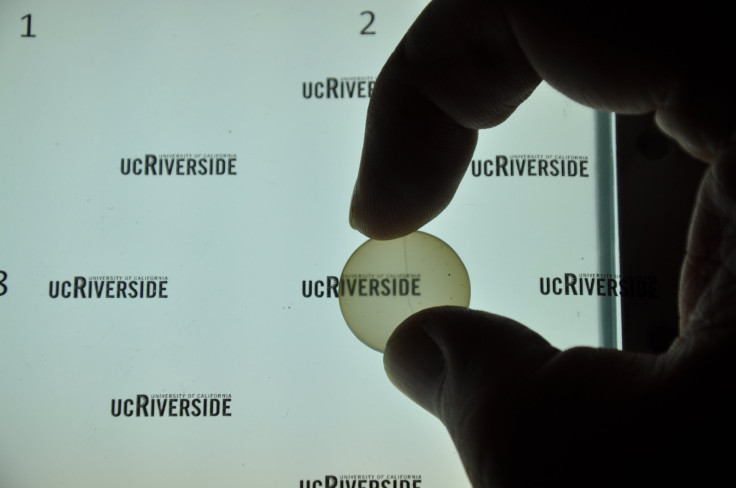A Window To Your Brain: UC Riverside Innovation Promises Non-Invasive Alternatives, Laser-Based Treatment

A new type of transparent skull implant stands to revolutionize neurological care by offering a window into the brain – literally. According to the developers, the innovation will open up a wide variety of new therapeutic options, as the transparent material allows laser-based treatment. For patients with neurological disorders, this would mean a non-invasive alternative to repeated craniectomies — a risky procedure that requires surgeons to remove a portion of the skull.
"This is a case of a science fiction sounding idea becoming science fact, with strong potential for positive impact on patients," said Guillermo Aguilar, a professor of mechanical engineering at the University of California, Riverside.
The “brain window” is made from modified yttria-stabilized zirconia (YSZ) – the ceramic material used in hip implants and dental crowns, processed to yield a transparent prosthesis. Its therapeutic benefits aside, the team is confident that their innovation will contribute to the Obama Administration’s Brain Research through Advancing Innovative Neurotechnologies (BRAIN) Initiative. The YSZ window may facilitate the initiative’s efforts to develop new diagnostic strategies and treatment methods, they said.
"This is a crucial first step towards an innovative new concept that would provide a clinically-viable means for optically accessing the brain, on-demand, over large areas, and on a chronically-recurring basis, without need for repeated craniectomies," said researcher Dr. Devin Binder, a clinician and associate professor of biomedical sciences at UC Riverside.
While similar transparent implants have been developed in the past, the YSZ window is described as the first implant fit for human use. YSZ’s ceramic structure makes it much more durable and shock-resistant than its glass-based predecessors. The increased resilience also reduces the need for protective headgear.
Source: Damestani Y, Reynolds CL, Szu J, et al. Transparent Nanocrystalline Yttria-Stabilized-Zirconia Calvarium Prosthesis. Nanomedicine: Nanotechnology, Biology and Medicine. 2013.



























